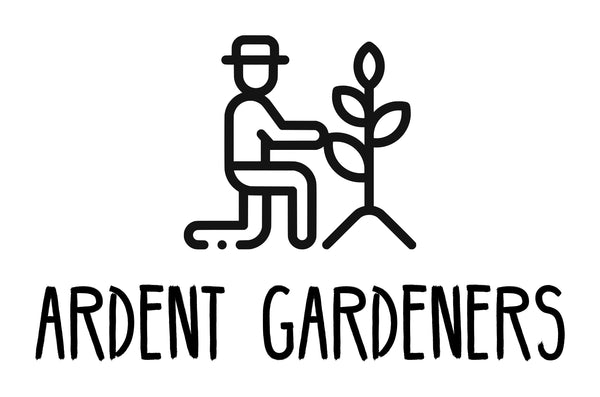HYBRID CHESTNUT TREES - Disease Resistant Chestnuts! - Free Shipping!
HYBRID CHESTNUT TREES - Disease Resistant Chestnuts! - Free Shipping!
Couldn't load pickup availability
Each tree is as shown in the first 3 pictures and video. These are the best disease resistant trees available now. Edible and wildlife friendly, so if you don't eat them nature will have there share too. Deer and wild game lovers love to have them in the landscape.
**Please Note that seedlings are removed from containers prior to shipping. THEY NEED TO BE PLANTED ONCE YOU RECIEVE THEM!
Caring for hybrid chestnut trees involves providing them with suitable growing conditions, regular maintenance, and proper pruning. Here are some guidelines:
Planting: Choose a well-drained location with full sun exposure for your hybrid chestnut tree. The soil should be deep, fertile, and slightly acidic. Dig a hole that is wider and deeper than the tree's root system. Place the tree in the hole and backfill with soil, ensuring that the root collar is level with or slightly above the ground.
Watering: Young chestnut trees require regular watering to establish a strong root system. Water deeply once or twice a week, providing enough moisture to penetrate the soil to a depth of 8-10 inches. Once the tree is established, it will be more drought-tolerant, but it's still important to water during dry spells.
Mulching: Apply a layer of organic mulch, such as wood chips or straw, around the base of the tree. This helps conserve moisture, suppresses weed growth, and moderates soil temperature. Keep the mulch a few inches away from the trunk to prevent rot.
Fertilizing: Chestnut trees benefit from balanced fertilization. Apply a slow-release fertilizer with a ratio of 10-10-10 or similar in early spring before new growth emerges. Follow the package instructions for the appropriate amount. Avoid excessive nitrogen fertilizers, as they can promote vegetative growth at the expense of nut production.
Pruning: Pruning helps maintain the tree's shape, remove dead or diseased branches, and improve air circulation. Prune your hybrid chestnut tree during its dormant period, typically in late winter or early spring. Remove any crossed or crowded branches and thin out the canopy if necessary. Be mindful not to prune excessively, as it can reduce nut production.
Pest and disease management: Hybrid chestnut trees are generally resistant to chestnut blight, which is a major threat to traditional chestnut species. However, they may still be susceptible to other pests and diseases. Monitor your tree regularly for signs of damage or infestation and take appropriate action, such as using organic insecticides or contacting a professional arborist if necessary.
Regarding nut production, hybrid chestnut trees usually start producing nuts at around 3-5 years of age, although the exact timing can vary depending on the specific hybrid and growing conditions. The trees are usually fully productive by 8-10 years of age. Hybrid chestnuts tend to have a higher nut yield compared to their traditional counterparts and can produce abundant crops once they mature.
Keep in mind that the above guidelines are general recommendations, and specific care requirements may vary based on the hybrid variety and your local climate and soil conditions. It's always a good idea to consult with local agricultural extension services or arborists for more precise information tailored to your region.
Share










Great seller; good product with no complaints.
The trees were grown very well! If they don't survive, it would be on me for sure.
Arrived well and have done great
Super nice and arrived nicely packaged
Great product, item as described












